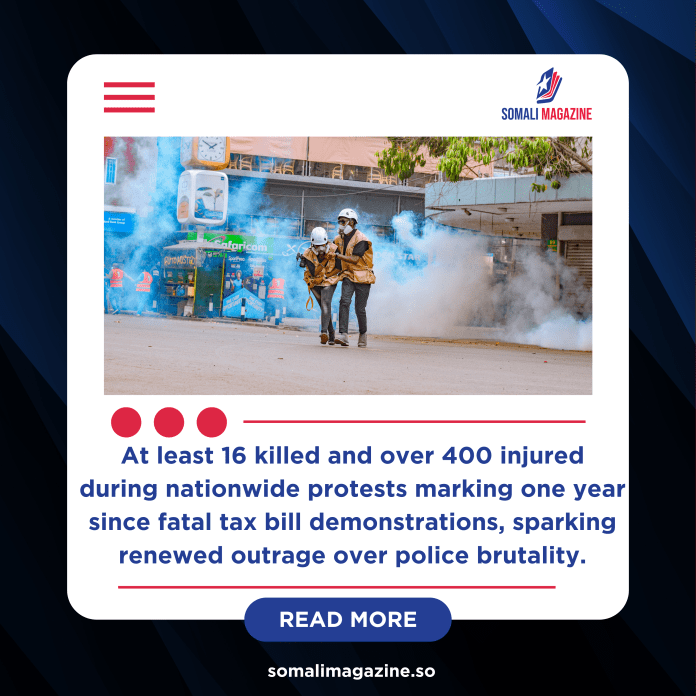Facebook Twitter (X) Instagram Somali Magazine - People's Magazine
Photo Credits:Dennis Wambua
At least 16 people were killed during anti-government protests across Kenya on Wednesday, with most of the deaths caused by police, according to Amnesty International Kenya. The protests marked the one-year anniversary of last year’s deadly demonstrations against a controversial tax bill that left more than 60 people dead.
Thousands of demonstrators took to the streets in Nairobi and other towns to honor those who died during the 2024 protests. Police used tear gas, water cannons, rubber bullets, and live ammunition to disperse the crowds, leading to violent clashes in some areas.
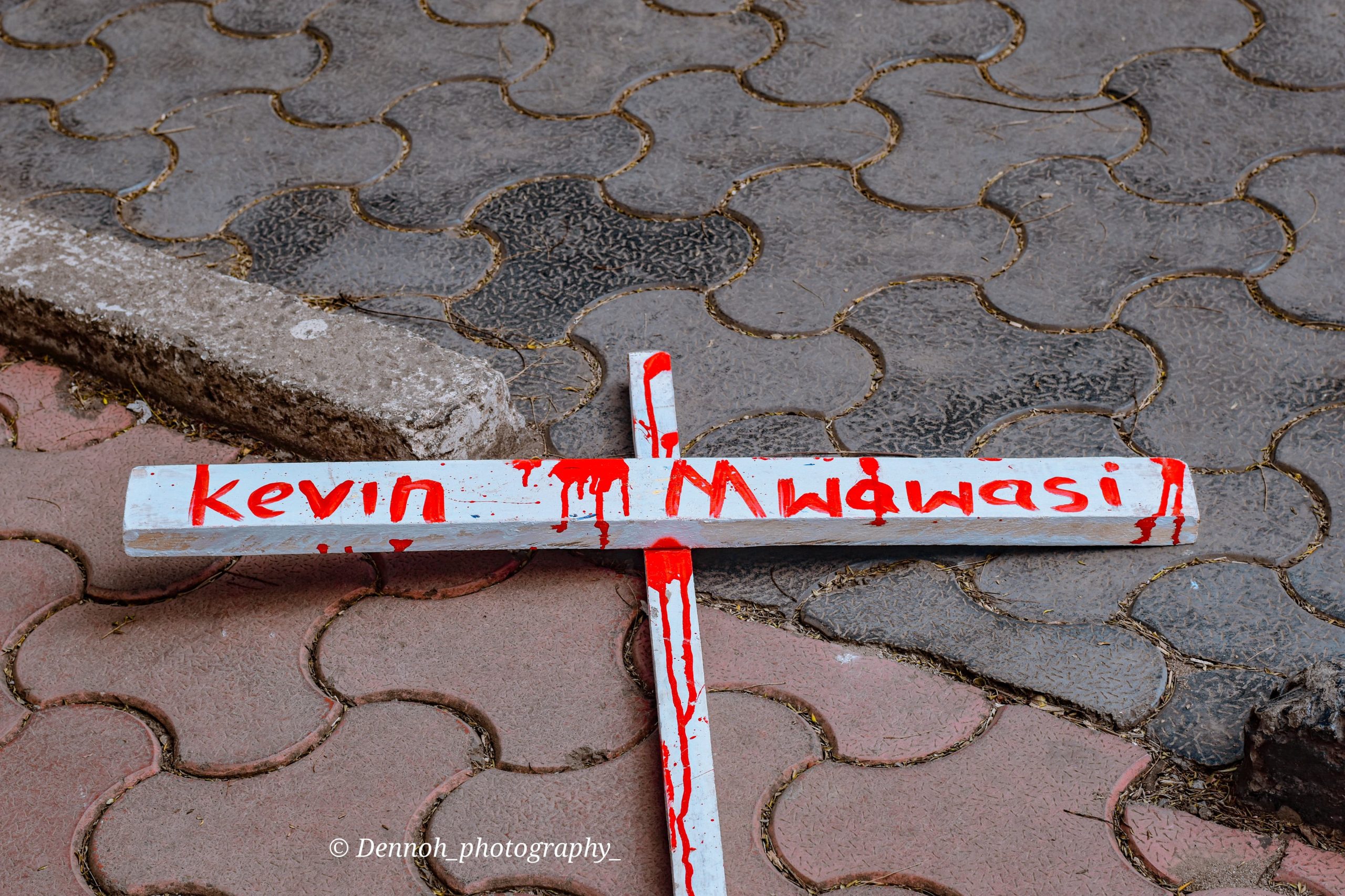
Amnesty Kenya’s Executive Director Irungu Houghton said 16 deaths had been confirmed by both the rights group and the Kenya National Commission on Human Rights (KNCHR) by 8:30 p.m. “Most of the victims were killed by police, and at least five were shot dead,” Houghton said.
The KNCHR had earlier confirmed at least eight deaths, all allegedly due to gunshot wounds. The organization reported over 400 injuries, including protesters, police officers, and journalists. Many were hurt during confrontations with police, who were accused of using excessive force.
Kenyan police did not comment on the allegations. However, the Independent Policing Oversight Authority (IPOA) reported that 61 people had been arrested during the protests.
At Nairobi’s main Kenyatta National Hospital, a staff member confirmed that over 100 injured people had been admitted, many with gunshot wounds. While no deaths were officially recorded at the hospital, the source said many had serious injuries from both rubber and live bullets.
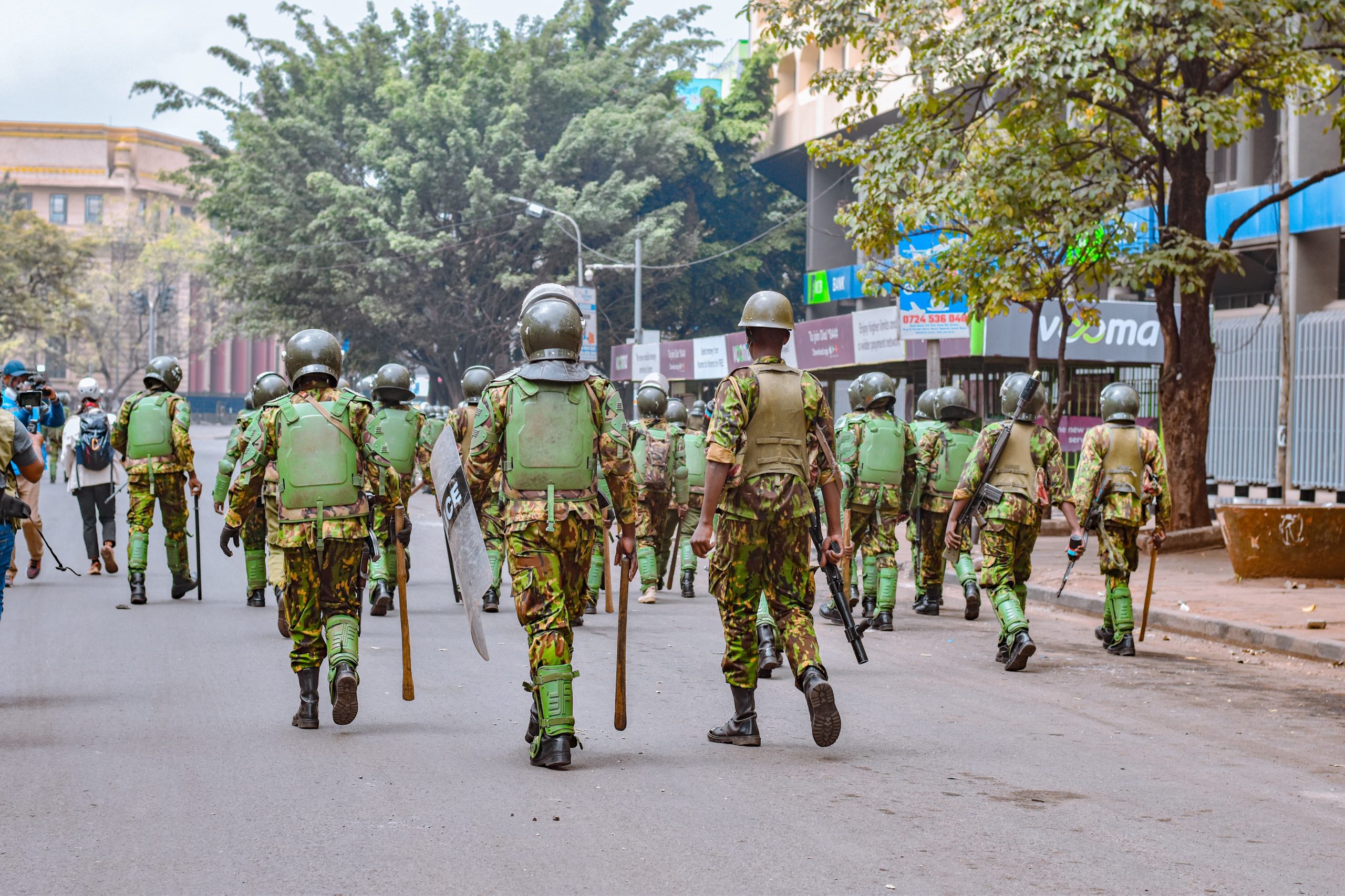
One of those killed was a security guard working for Kenya Power, who was shot while on duty at the company’s Nairobi headquarters.
In Nairobi, large crowds marched toward State House, the official residence of the president. Kenyan broadcasters NTV and KTN aired the protests live before being temporarily taken off air for defying a government order to stop showing the demonstrations. A court later overturned the order, allowing both stations to resume broadcasting.
Protests also broke out in other parts of the country, including Mombasa, Kisii, Kitengela, Matuu, and Nyeri.
Public anger has been growing over the conduct of Kenya’s security forces. Although President William Ruto withdrew last year’s proposed tax hikes, many Kenyans remain frustrated over police brutality and a lack of accountability.
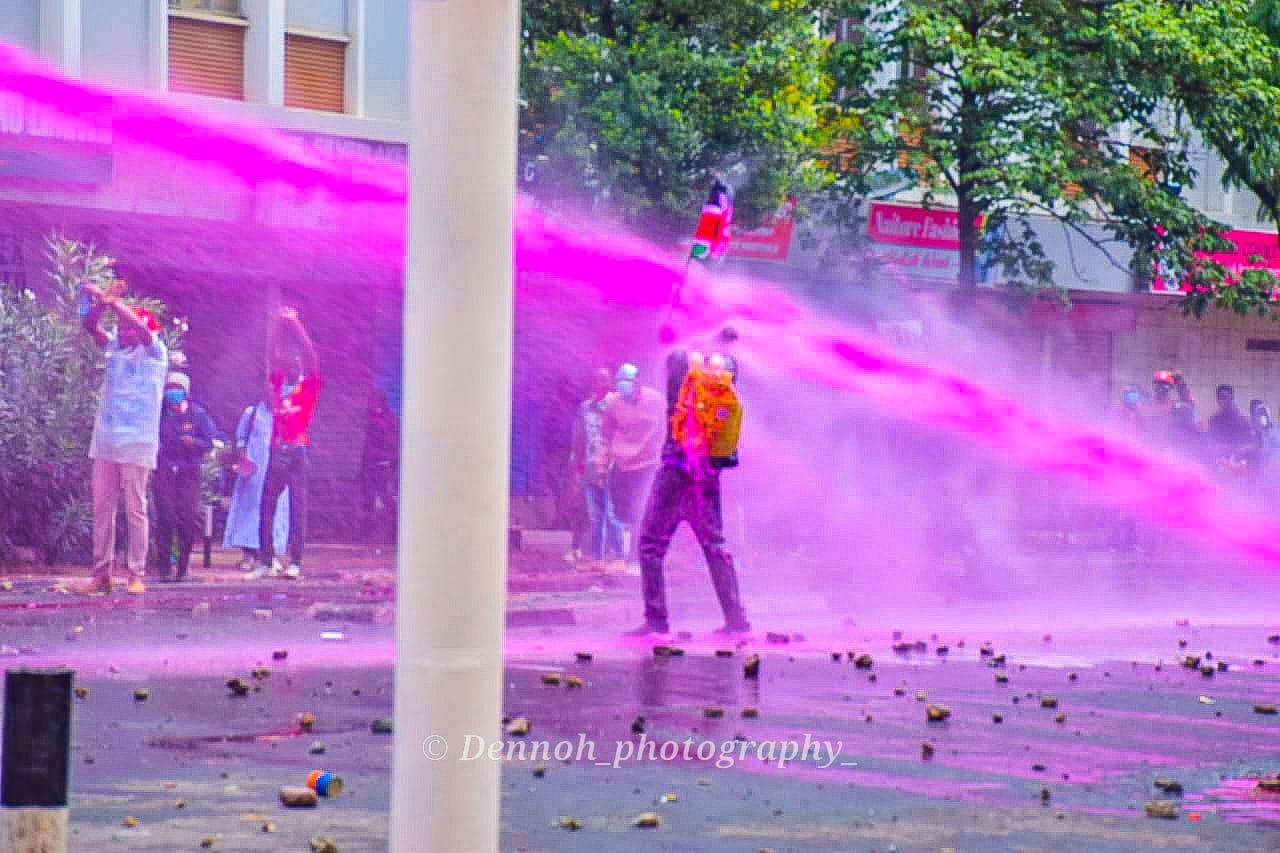
Tensions rose further this month after the death of 31-year-old blogger and teacher Albert Ojwang while in police custody. His death sparked fresh protests, with many viewing him as a symbol of the broader struggle for justice and police reform. Six people, including three police officers, have been charged with his murder.
“We are fighting for the rights of our fellow youths and Kenyans who have died since June 25. We want justice,” said protester Lumumba Harmony during Wednesday’s demonstration in Nairobi.
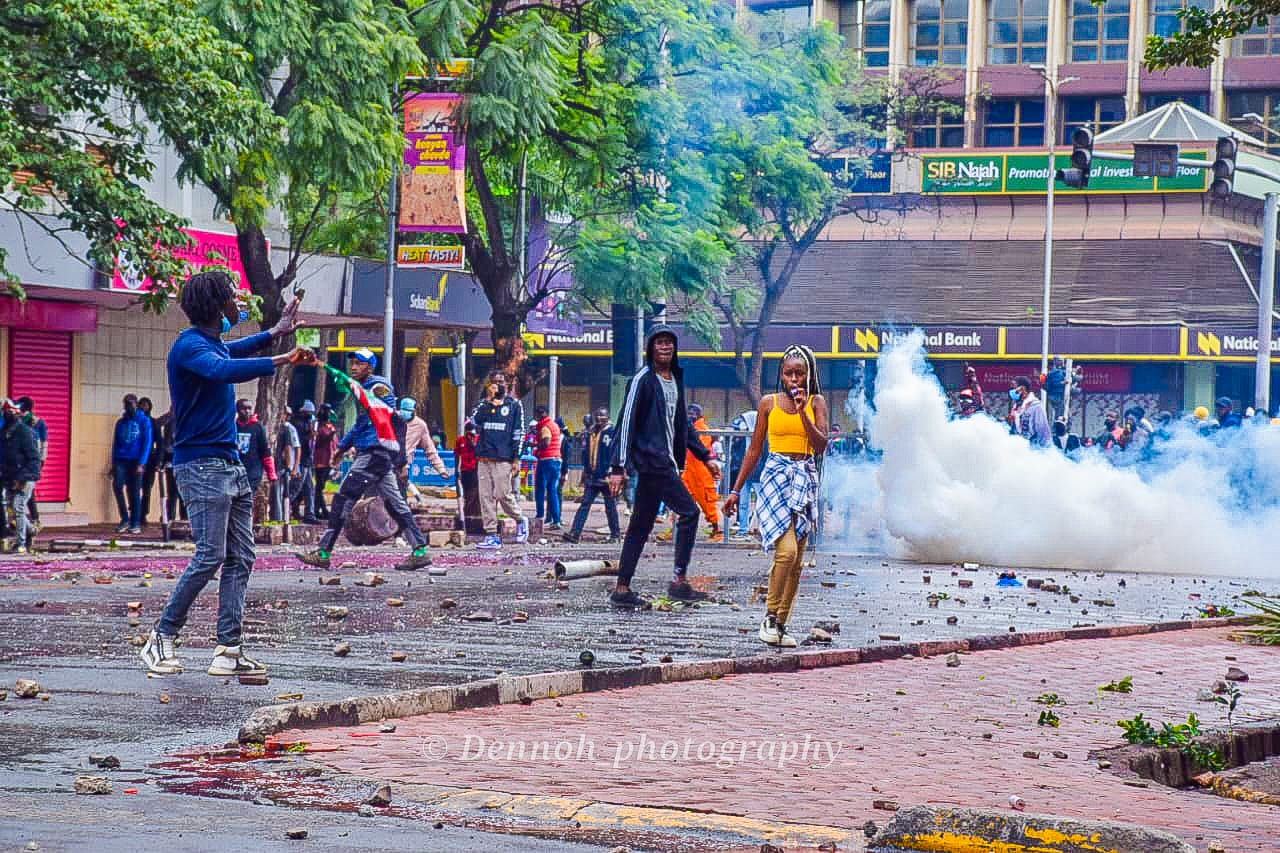
Last year’s June 25 protests, during which police opened fire as demonstrators stormed parliament, triggered the most serious political crisis of President Ruto’s time in office and drew concern from international observers.
The latest protests reflect growing public frustration in Kenya, where citizens continue to demand justice for victims of police violence and call for major reforms in how security forces handle civil unrest.

